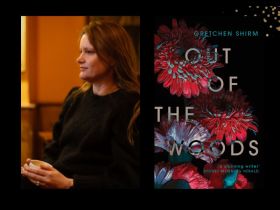Dan Brown didn’t search for the Holy Grail. He wrote it. The da Vinci Code has sold around 20 million copies, been translated into 44 languages, and has made Mr Brown a millionaire several times over as well as turning him into a cultural icon. Its hypothesis has enraged clergy, given misogynists nightmares, spawned another dozen books to debunk it and given countless thousands of readers the taste of a newly minted, and made up, truth about Christendom’s Holiest of Holies.
For those who have been living under a rock since the book was published in 2003, the story enmeshes the genres of suspense-thriller with romance to create an ‘unputdownable’ bestseller involving lots of puzzles, mystical symbolism and secret codes. The premise that has courted so much controversy is that the essentially misogynist Catholic Church concealed that it is Mary Magdalene – not the cup used at the Last Supper – that is the Holy Grail, carrying the bloodline and child of Christ.




